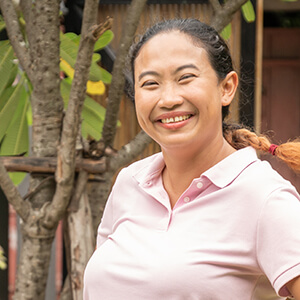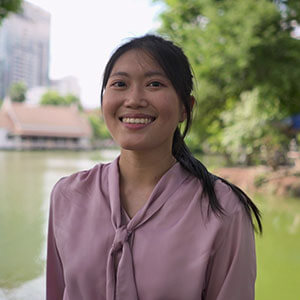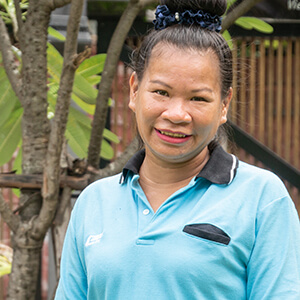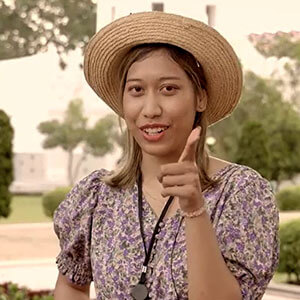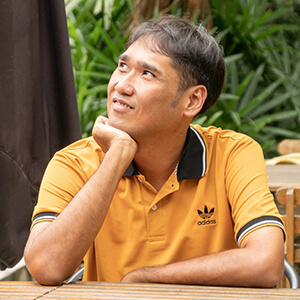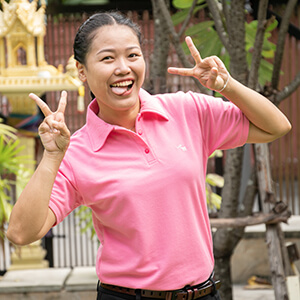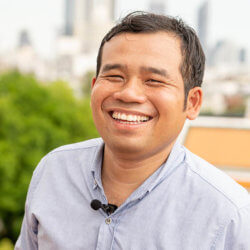Wat Phra Si Sanphet, the “Temple of the Holy, Splendid Omniscient,” stands as Ayutthaya’s most sacred royal temple and architectural masterpiece. Once the spiritual heart of the ancient Thai capital’s Royal Palace grounds, this magnificent complex features three iconic bell-shaped chedis that have become symbols of Thailand’s golden age.
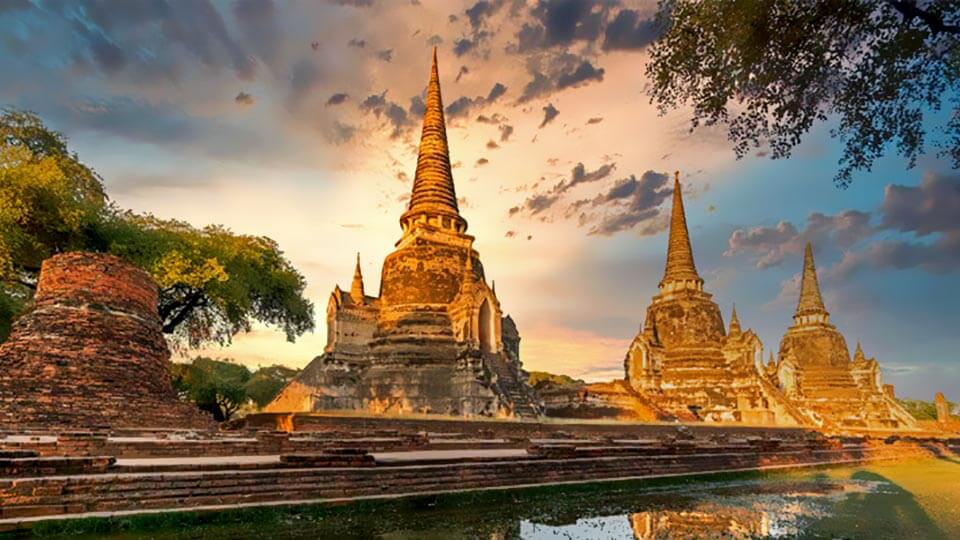
Royal Heritage and Historical Significance
Founded in 1350 by King U-thong (Ramathibodi I) as part of the original royal palace complex, Wat Phra Si Sanphet evolved into Thailand’s holiest temple when King Borommatrailokkanat converted the old palace grounds into sacred space in 1448. This exclusive royal temple served only the monarchy, with no resident monks, making it unique among Thai Buddhist sites.
King Ramathibodi II enhanced the temple in 1492 by adding two magnificent stupas to enshrine his father’s and brother’s ashes, while commissioning the legendary 16-meter-high, 64-ton bronze Buddha image “Phra Si Sanphetdayan” covered with 343 kilograms of gold. A third chedi was added in 1529, creating the iconic trio that defines Ayutthaya’s skyline today.
The temple’s grandeur ended tragically during the 1767 Burmese invasion when buildings were destroyed and the golden Buddha melted down, leaving only the three resilient chedis as testament to the kingdom’s former magnificence.
Architectural Marvels and Key Features
The Three Legendary Chedis represent Wat Phra Si Sanphet’s crowning glory and Ayutthaya’s most photographed monuments. These identical bell-shaped structures, aligned east-west on a elevated rectangular platform, showcase Sukhothai-style architecture with Ayutthayan modifications including four outward-jutting porches and vertical pillars. Each chedi houses the ashes of Ayutthaya kings: Borommatrailokkanat, Borommaracha III, and Ramathibodi II.
The Royal Chapel (Vihara Luang) ruins preserve foundations of the structure that once housed the magnificent golden Buddha, providing insight into the temple’s original grandeur and ceremonial importance.
Prasat Phra Narai, the cross-shaped vihara added by King Narai in 1630, demonstrates the temple’s evolution with its unique blend of European and Indo-Persian architectural influences, reflecting Ayutthaya’s international connections.
The Ordination Hall (Ubosot) remains on the southeastern side showcase traditional rectangular brick construction, while the restored Bell Tower features distinctive five-tiered roofing representing classical Thai temple architecture.
Operating Hours: Open daily 7:00 AM to 6:00 PM with 80 THB entrance fees for international visitors, offering extended daylight hours for comprehensive exploration.
Optimal Timing: Early morning (7:00-9:00 AM) or late afternoon (4:00-6:00 PM) provide ideal lighting conditions and comfortable temperatures while avoiding midday crowds. November through February offers the most pleasant weather conditions.
Cultural Guidelines and Practical Tips
Dress Code: While primarily historical ruins rather than active worship sites, modest attire covering shoulders and knees remains respectful. Long pants, skirts, and sleeved tops are appropriate, with comfortable walking shoes essential for exploring uneven ancient surfaces.
Photography: Picture-taking is generally permitted throughout the complex, making these iconic chedis perfect for capturing Ayutthaya’s architectural heritage against dramatic sky backdrops.
Integration with Ayutthaya UNESCO Experience
Wat Phra Si Sanphet combines perfectly with other World Heritage sites including Wat Mahathat‘s famous Buddha head in tree roots, Wat Chaiwatthanaram‘s riverside sunset views, and Bang Pa-In Royal Palace‘s European-Thai architectural fusion.
Visit this attraction on a Private Custom Day Tour around Ayutthaya.
